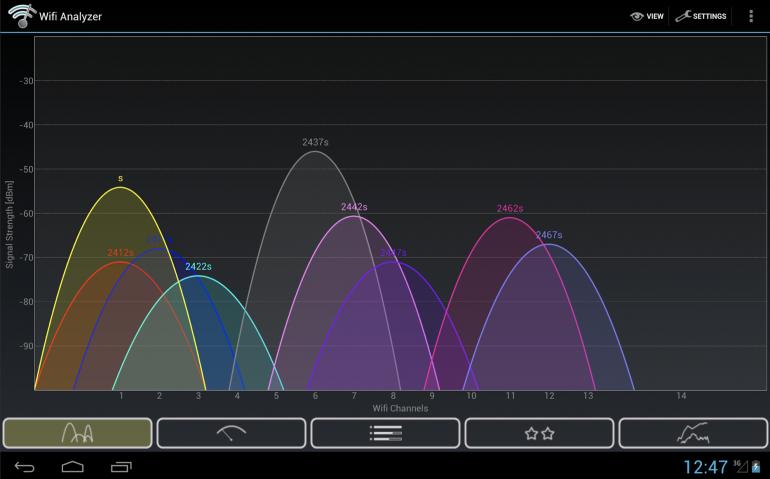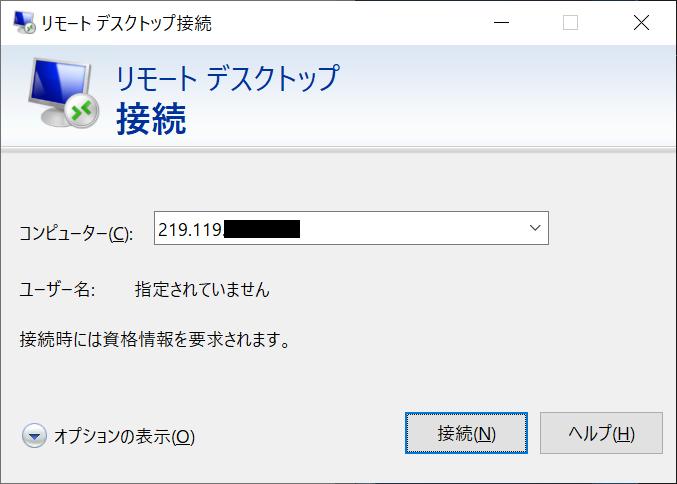A handy hack for when wireless LAN signal is weak and you can't connect. You don't need to buy an expensive router with your precious pocket money, as long as you can't connect to the internet (you can't even order online if you can't connect). All of them are free, so it's not too late to try them.
A wireless router is like a walkie-talkie that emits radio waves in all directions. Data transmission and reception between terminals and modems are performed here.
In other words, the radio wave is like a bubble, and it is emitted from the router in all directions at once in 360 degrees. However, there is no absolute value in the range of this connectable bubble, and if there are walls, floors, furniture, mirrors, metal objects, etc. in between, they will all become obstacles and the radio waves will be weakened. . For example, if you put a router right next to the outside wall, the signal strength will be halved, because 50% of the signal will be pushed outside the house. The next house may be a cow, but it's hard to download torrents with half the signal...
Place your router in the middle of the house, as high up as possible.
Most wireless routers can't boost their power output (ie signal strength), but you can make better use of what you already have.
For example, certain types of metal reflect Wi-Fi waves and can block the path of wireless networks flying with omnidirectional antennas. By taking advantage of this characteristic, it is also possible to focus the radio waves flying from the omnidirectional antenna in the direction of your computer or sofa. The radio waves will not reach the other side, but the radio waves of the concentrated one will be stronger. And this can be done with just one can of beer... oh well, it's not free beer... yes. buy me a beer
First, empty everything, wash it, and pull out the pull tab. Wearing gloves, cut off the bottom of the can with a utility knife or metal scissors. Cut out the top too, but don't cut it all the way down, leaving a tab of about 1 inch (2.54 cm). Make a vertical cut on the other side of the tab, hold both ends and gently open it... it looks like a radar dish (pictured). Place the can upside down, slide the mouth end over the router's antenna, and secure it with a little tape to the router body. For those who are concerned about the jagged cut, it is perfect if you bend it or file it.

All wireless routers operate within the 802.11 standard and radiate in the 2.4GHz frequency band (although newer 802.11n models also support 5GHz). The problem is that there are many devices other than routers that use the 2.4GHz frequency band. Wireless Bluetooth headphones, cordless phones, baby monitors, microwave ovens, and other Wi-Fi networks—it's all 2.4GHz. If so many terminals rush to use the limited amount of spectrum, it will naturally cause problems and reduce the bandwidth.
So it's not possible for all devices to scramble to have the entire spectrum to themselves...so the 2.4GHz band is divided into 13 channels like a radio station. However, if the radio is not half tuned, noise will come in, and just like that, the radio waves of one station can "flow (interfere)" with the stations on both sides of the frequency.
To avoid this, set your router to channel 1, 6, or 11 (or 1, 5, 9, or 13 if you live outside the US). If you talk with your neighbors and set them to different channels (for example, if house A uses channel 1, neighbor B uses channel 9), it will be easier for radio waves to reach you. Keeping your router away from other 2.4GHz electronic devices can also help.
Even if you install an antenna reflector, you may not be able to cover the whole house with just one router because the signal is weak. In that case, it is necessary to install a second router and use it as an access point to the first router to extend the reach of the radio waves.
If you have a spare router, you can use it (people who don't have one will end up buying one...). Plug the second router into the LAN port of the main router (parent) and open the configuration utility. Then, assign the same address information (netmask, gateway, SSID) as the master unit to the second unit, and turn off DHCP on the second unit.
Keep the access point as far away from the router as possible, and place it where the Wi-Fi signal is weakest.
This is probably the easiest way to increase the performance of your router. Are your firmware and drivers up to date? Keep your router in top condition by checking the manufacturer's site regularly for updates.
[Cnet - Wikihow - Microsoft - Lifehacker - PC Mag - Wikipedia]
Andrew Tarantola (original/satomi)

![EVsmart blog Toyota's electric car "bZ4X" that makes you feel comfortable with electric cars and quick chargers / No% display of battery level [Editorial department] Popular articles Recent posts Category](https://website-google-hk.oss-cn-hongkong.aliyuncs.com/drawing/article_results_9/2022/3/9/752542064665dc2bd7addbc87a655694_0.jpeg)
![Lenovo's 8.8 inch one-handed tab "Legion Y700" full specs released! [Is the price in the 40,000 yen range?]](https://website-google-hk.oss-cn-hongkong.aliyuncs.com/drawing/article_results_9/2022/3/9/207e1be231154e91f34c85b4b1d2126c_0.jpeg)

